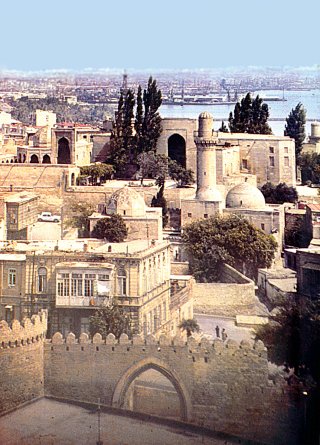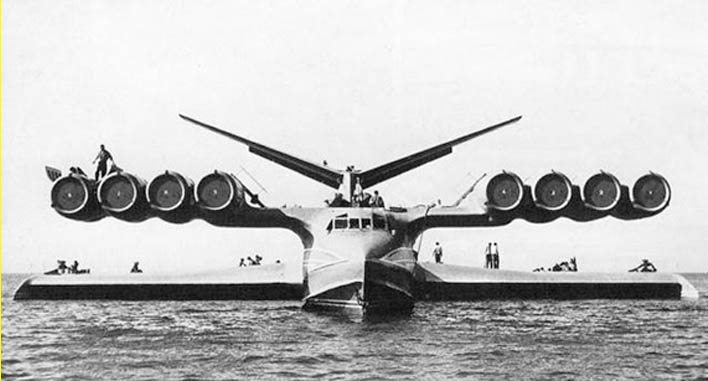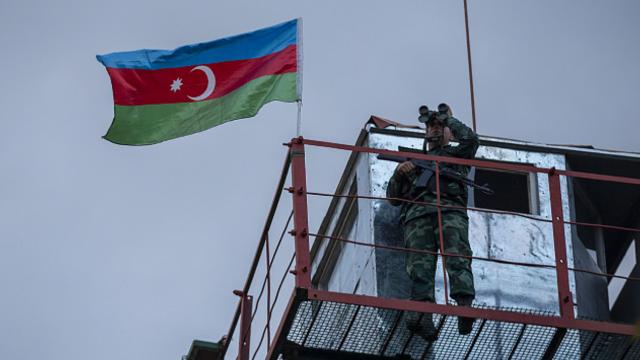The region in the west of Asia, divided between Iran and the Soviet Union
I. PHYSICS and HUMAN GEOGRAPHY
The surface area of Azerbaijan is 192,752 km2, divided into two as a result of the Treaties of Turkmençay (1828) and Edirne (1829), the part of the border of the Aras river (86.800 km2) is left to Russia and the rest to the south (105.952 km2) is left to Iran.

NEW northern Dagestan Autonomous Soviet Republic of Azerbaijan, Georgia and Armenia republics in the west, in southern Iran and Turkey, is surrounded by the Caspian Sea in the east. Iranian Azerbaijani Soviet Union in the north, Turkey and Iraq in the west, the east, the Soviet Union and Iran’s Gilan administrative region, is limited to the south Zanjan and Kurdistan administrative regions.
Azerbaijan, which creates a transition area between the Anatolian and Caucasus mountain systems, is a mountainous region.
Mountainous areas occupy a wider place in Iranian Azerbaijan, located in the south of the region.
The most important of these are the Sehend Mountain (3700 m.) In the south of Tabriz and the Sebelân Mountain (3820 m.) In the west of Ardebil.
Streams such as Kızılözen (Sefîdrûz) reaching the Caspian Sea, Acıçay (Sefîdrûd) and Cıgatu (Zerrînerûd) reaching the Urmiye lake have created these mountainous masses with deep valleys, giving the region a more mountainous and more striking appearance.
It is located between these mountainous areas and its height from the sea is 1294 m. Urmiye lake covers an area of 5775 km2 (1.5 times of Van lake).
Despite this mountainous appearance of Iranian Azerbaijani, in the northern Soviet Azerbaijan, the plains extending along the Aras and Kür (Kura) rivers are dominant.
The exceptions to this appearance are only found in the mountainous region of Karabakh and the end of the Caucasian sequence, which is inserted in the north of Azerbaijan.
Due to this different geographical view between the two Azerbaijans, South Azerbaijan has always been used as a plateau and Northern Azerbaijan has always been used as a winter place during the rule of the Turks.
In general, Azerbaijan has a steppe climate that is dry and hot in the summer; however, due to height differences, climate changes are encountered in some regions.
The economy of Azerbaijan is based on agriculture, animal husbandry and oil.
Agriculture is carried out in the Kur and Aras basins with the soil around the Urmiye lake; cotton, cereal, various fruits, tobacco and sugar beet are the main products.

The Baku (Apsheron) peninsula in the Soviet Azerbaijan, whose oil production was 13,200,000 tons in 1989, is one of the oldest and richest oil fields in the world, not only in Russia.
A large part of the oil wells around Baku were collected in the Apsheron peninsula.
The oil obtained is shipped to Baku through pipes for disposal. There are many oil refineries in Chernagorod, which was established next to Baku, more precisely, in Baku.
Baku is also connected to Batumi through an 890 km pipeline.
Religion. While most of the Muslims in the Soviet Union are Sunni and belong to the Hanafi sect, Shafiis are the majority in Dagestan.
In contrast, 70% of the Muslims in Azerbaijan are Shiite and belong to the Jafari sect. The religious center of the Caucasian Shia is in Baku and there is a sheikh al-Islam at the beginning.
Shaykh al-Islam has a Hanafi mufti from the Ahl al-Sunnah. This religious administration is deprived of social and economic activity and does not have their own foundations and judicial powers.
Since 1920, the prohibition of the pilgrimage and the Shiites to visit holy places in Iran and Iraq were banned in Azerbaijan in 1924, and all madrasahs were closed in 1928 and all foundations were seized until 1930.
The abolition of the Arabic alphabet in 1929 also had a negative impact on religious life. After Azerbaijan joined the Soviet Union in 1936, Azerbaijani Muslims were completely dismissed from other Muslim countries.
As a result of the openness policy implemented in the Soviet Union in recent years, the teaching of the Qur’an has been released in mosques and the number of mosques open to worship in Azerbaijan reached fifty in the mid-1990s. In addition, a four-year Islamic academy was opened in Baku.




